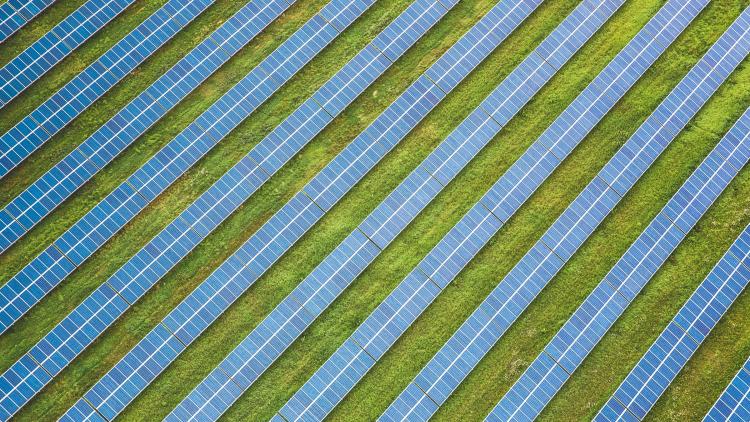Biodiversity, Conservation and Development

Key information
- Module code
- P131
- Department
- Centre for Development, Environment and Policy
Module overview
This module is about the relationship between conservation and development, with biodiversity as the material and conceptual phenomenon that binds them. Since at least the 1700s, it has been s a distinctly unhealthy and inharmonious relationship in many ways. Indeed, it has now come to the point that the environmental implications of predominant development trajectories are so profound, that we are said to be living in the Anthropocene, an era in which the biggest single influence on Earth systems is human activity. How we treat biodiversity is one of the fundamental determinants of the nature and society in which we and future generations will live.
At the core of the module is a focus on three themes. The first theme is how and why it is not possible to understand conservation and development in isolation from each other. The second theme is the environmental impacts of economic activity and what that says about the current relationship between conservation and development. The third theme is what to do about environmental problems; in particular, what we are currently doing about them, and what our current activities mean for the future of conservation and development.
Scope and syllabus
There are three themes that inform the structure of the module overall. Part I covers Themes 1 (conservation and development as inseparable) and 2 (biodiversity, immediate causes and underlying drivers), while Part II is focused on biodiversity, conservation and development in practice. Part III, looking retrospectively at Parts I and II, identifies potential future trends in conservation and development. The breakdown of units into these different parts is detailed below.
Part I: Histories and contemporary trajectories of biodiversity, conservation and development
- Unit 1 The relationship between biodiversity conservation and development in historical perspective
- Unit 2 Biodiversity and biodiversity loss
- Unit 3 Nature and society
- Unit 4 Population and consumption: implications for conservation and development
- Unit 5 Globalisation and global environmental governance
Part II: Biodiversity, conservation and development in practice
- Unit 6 Overview of approaches to conservation and development
- Unit 7 Protected areas
- Unit 8 Landscape approaches to conservation and development
- Unit 9 Payments for ecosystem services
Part III: What next for biodiversity, conservation and development?
- Unit 10 Conservation and development futures
Method of assessment
This module is assessed by:
- an examined assignment (EA) worth 20%
- a written examination in October worth 80%
Since the EA is an element of the formal examination process, please note the following:
- The EA questions and submission date will be available on the Virtual Learning Environment.
- The EA is submitted by uploading it to the Virtual Learning Environment.
- The EA is marked by the module tutor and students will receive a percentage mark and feedback.
- Answers submitted must be entirely the student’s own work and not a product of collaboration. For this reason, the Virtual Learning Environment is not an appropriate forum for queries about the EA.
- Plagiarism is a breach of regulations. To ensure compliance with the specific University of London regulations, all students are advised to read the guidelines on referencing the work of other people. For more detailed information, see the User Resource Section of the Virtual Learning Environment.
Disclaimer
Important notice regarding changes to programmes and modules


